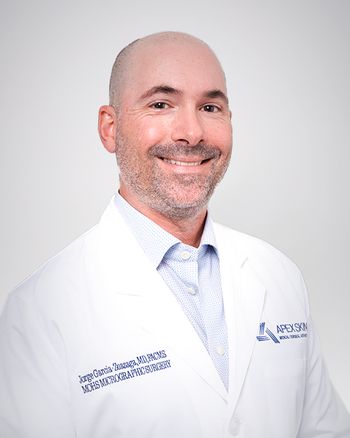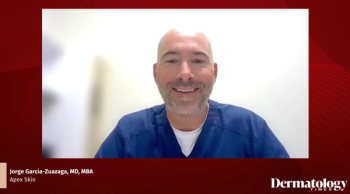
Nondermatologists, Medicare Part D, provider IDs lead legal concerns
Medicare coverage does not resume until a patient's total yearly out-of-pocket spending is well over $3,000.
Washington - Nondermatologists who practice dermatology represent the most important legal concern currently facing dermatologists, says a dermatologist and lawyer.
Other hot issues include unresolved elements within Medicare Part D, rapidly approaching national provider identifier (NPI) deadlines, concerns over compounding pharmacies and a growing push for physician assistant (PA) autonomy, he adds.
"While little law has addressed the practice of cosmetic and cutaneous medicine by those who are not dermatologists or plastic surgeons and have received no such training in their residencies, this issue will loom large," says Noah Scheinfeld, M.D., J.D., assistant clinical professor of dermatology at Columbia University, New York, speaking at the 65th Annual Meeting of the American Academy of Dermatology (AAD), here.
Similarly, he says that although prosecutions by the Centers for Medicaid and Medicaid Services (CMS) have been increasing and will continue to do so, CMS needs three components to pursue a lawsuit - big money, criminal actions or criminal stupidity, and an inside whistle-blower.
"If one isn't a criminal and hasn't stolen a lot of money," Dr. Scheinfeld says, "one has little to worry about. A U.S. attorney will only bring a case that the attorney believes will most certainly lead to a conviction; to do this, the attorney needs an insider who knows the inner workings of the operation and activities of the doctor/defendant, and is willing to testify."
Doughnut hole fodder
A more important concern is Medicare Part D's "doughnut hole," he says.
Under 2007 rules, he says, patients pay the first $265 in prescriptions themselves, then the government pays 75 percent of prescription costs up to $2,400 per year.
Above this figure, Dr. Scheinfeld says, "Patients must pay for drugs themselves, and that's a problem for many people."
Medicare coverage does not resume until a patient's total yearly out-of-pocket spending is well over $3,000.
"If one's insurance won't pay for a medication that one needs, such as a biologic drug for psoriasis, how can one appeal, and how effective are the appeals? There's nothing in the literature about that," although some sort of track record must have emerged from Part D's first year, Dr. Scheinfeld tells Dermatology Times.
Similarly, he says many dermatologists aren't aware that CMS made an important ruling in early 2006 stating that drug manufacturers' patient assistance programs are indeed compatible with Part D.
"Before that ruling," Dr. Scheinfeld explains, "manufacturers were going to discontinue their patient assistance programs," because tax codes stipulated that the only way patients could get free medications was if they had no insurance.
Under the new rule, he adds, "The money spent through a patient assistance program does not count toward a patient's deductible."
Sticking to the straight and narrow
Scheinfeld says the Stark Law (Ethics in Patient Referrals Act) is the government's attempt to "stop people from taking shortcuts" with Medicare payment rules.
Designed to prevent physicians from making self-referrals, it targets - among others - those who "hire a person to be in their office for half a day a week," and bill the government for dermatopathology cases they refer to this person.
The flip side of that is that if one has a group of 10 dermatologists, including one dermatopathologist who works there 75 percent of the time, the practice is exempt from the Stark Law, Dr. Scheinfeld says.
The upshot of this exemption is that "We could be looking at a time in which dermatology practices are essentially forced into larger and larger consolidations, which is already a big trend in Florida," he adds.
Newsletter
Like what you’re reading? Subscribe to Dermatology Times for weekly updates on therapies, innovations, and real-world practice tips.
















